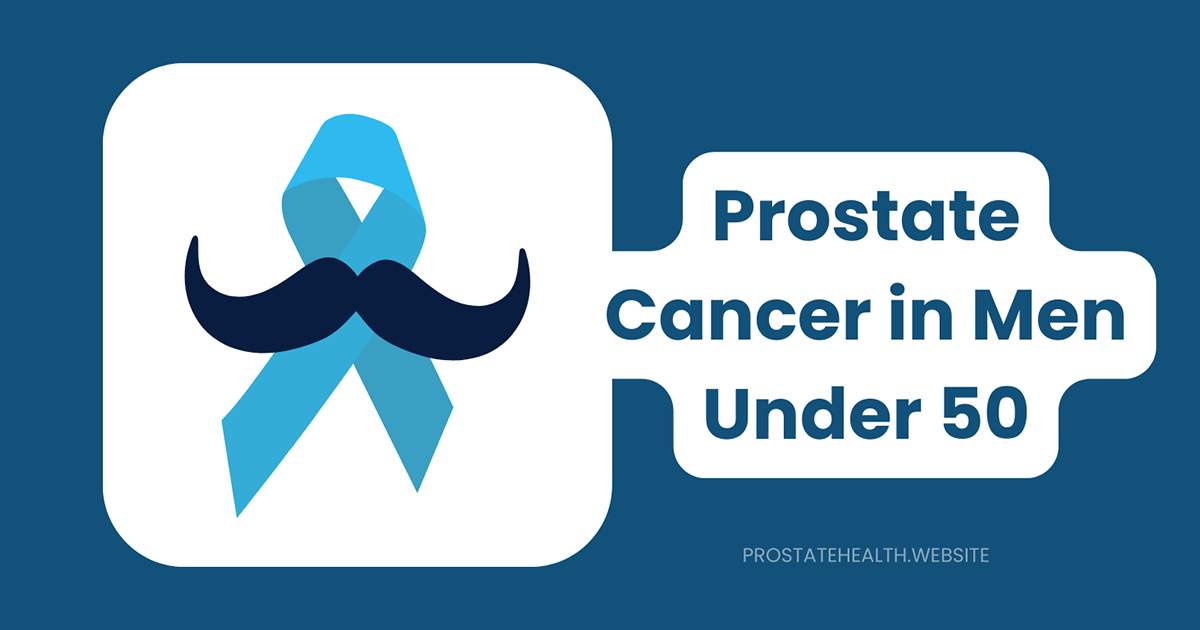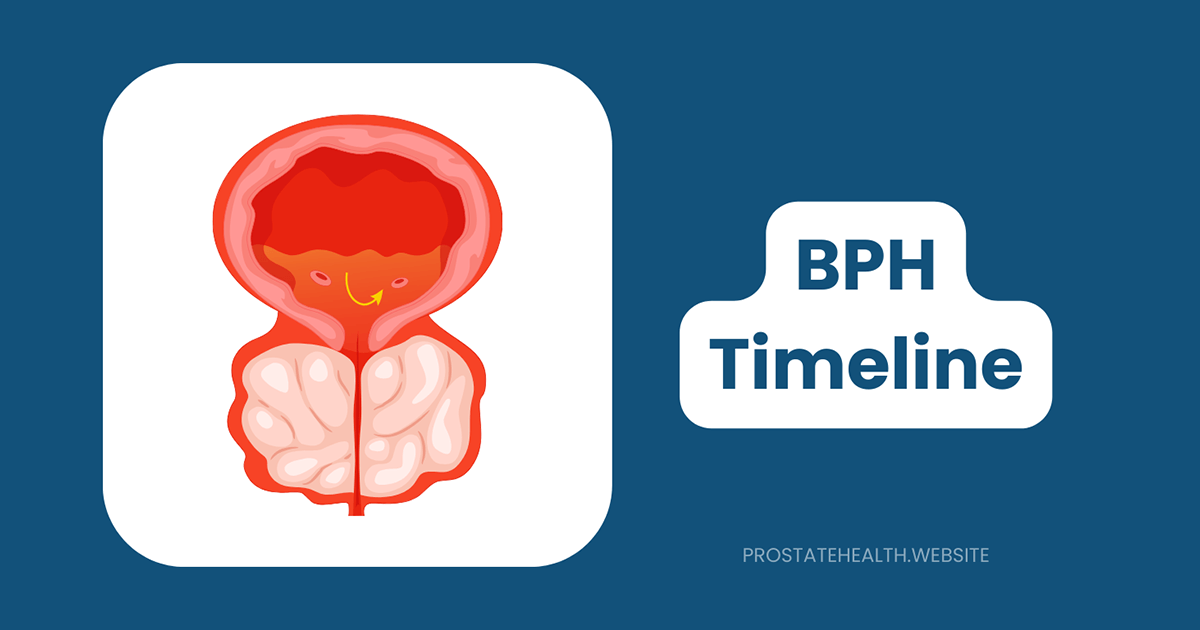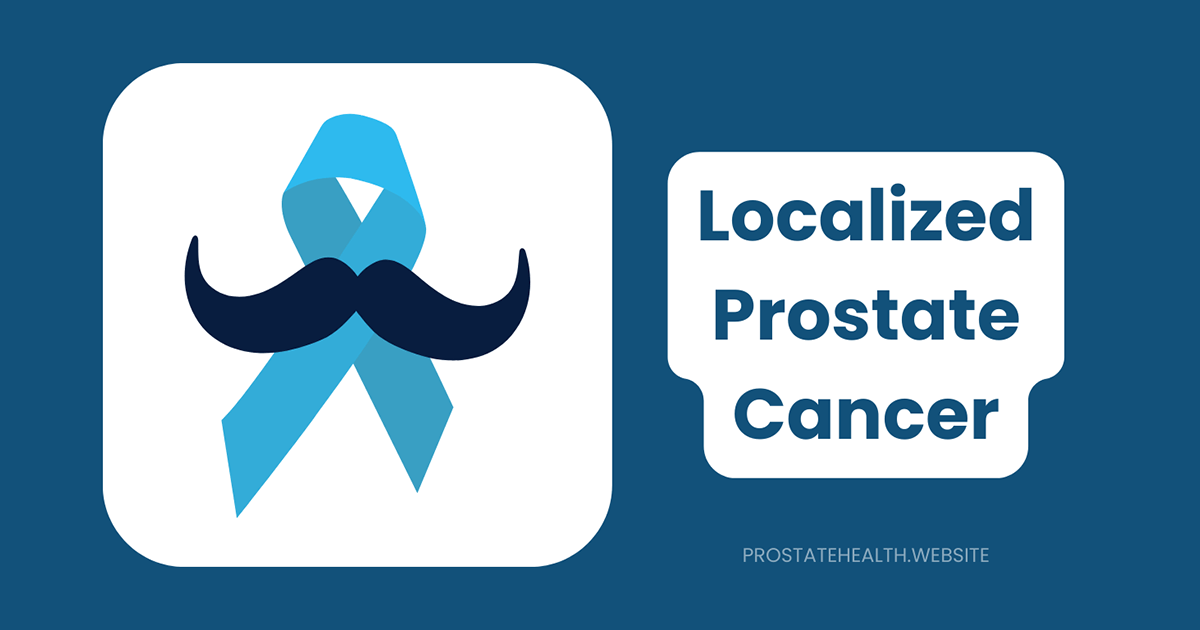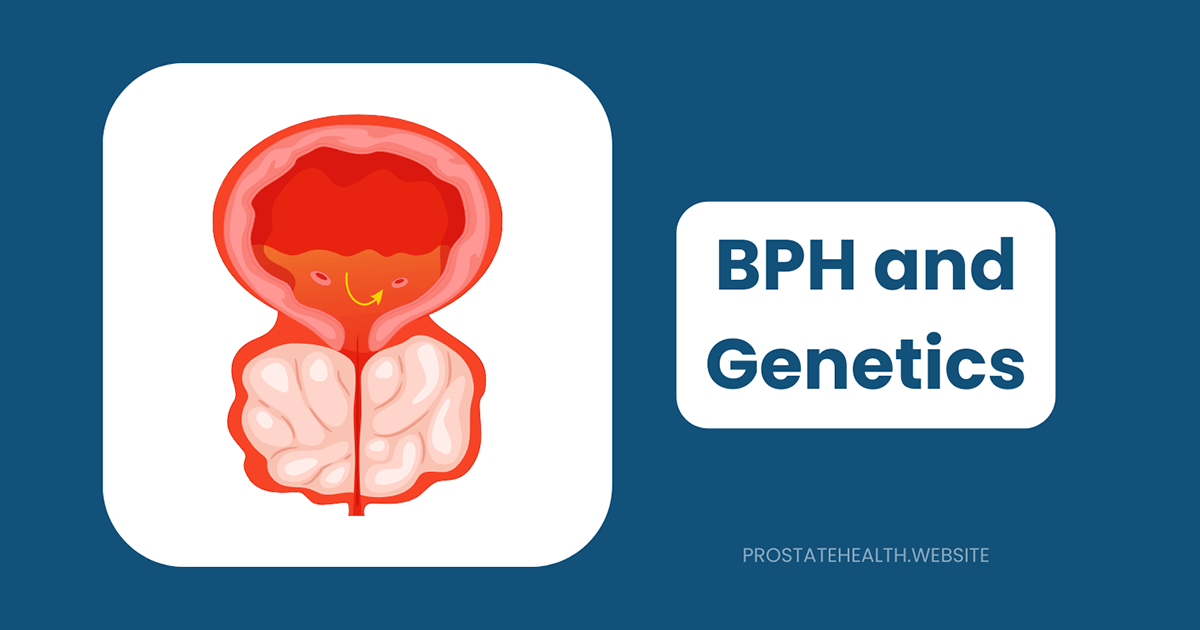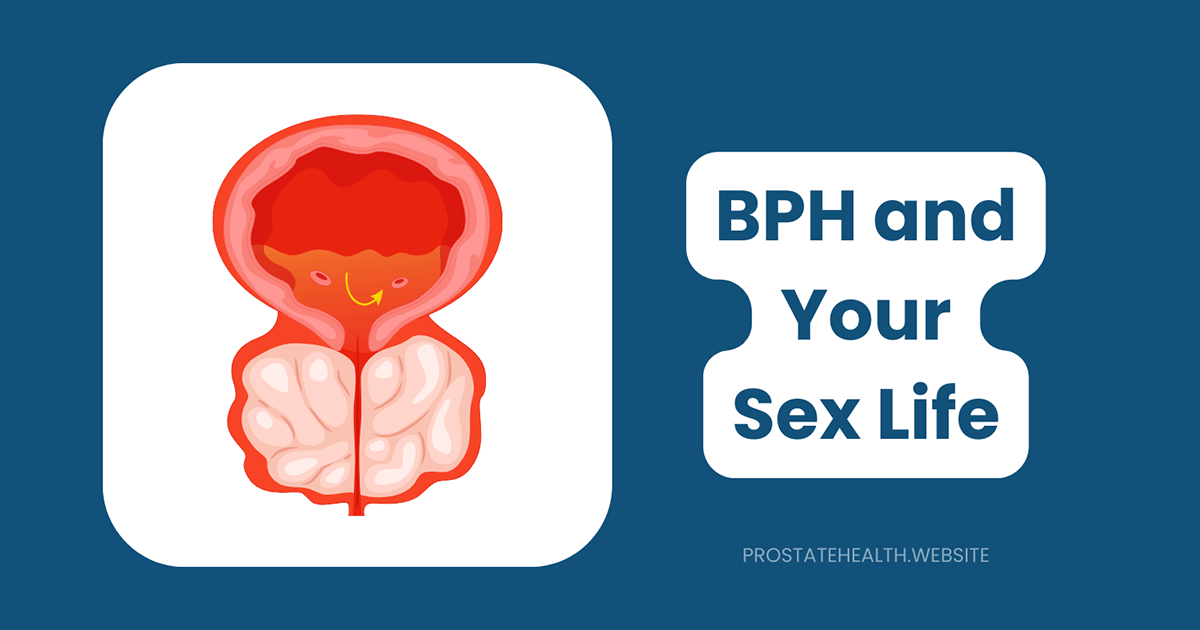7 Early Warning Signs of an Enlarged Prostate
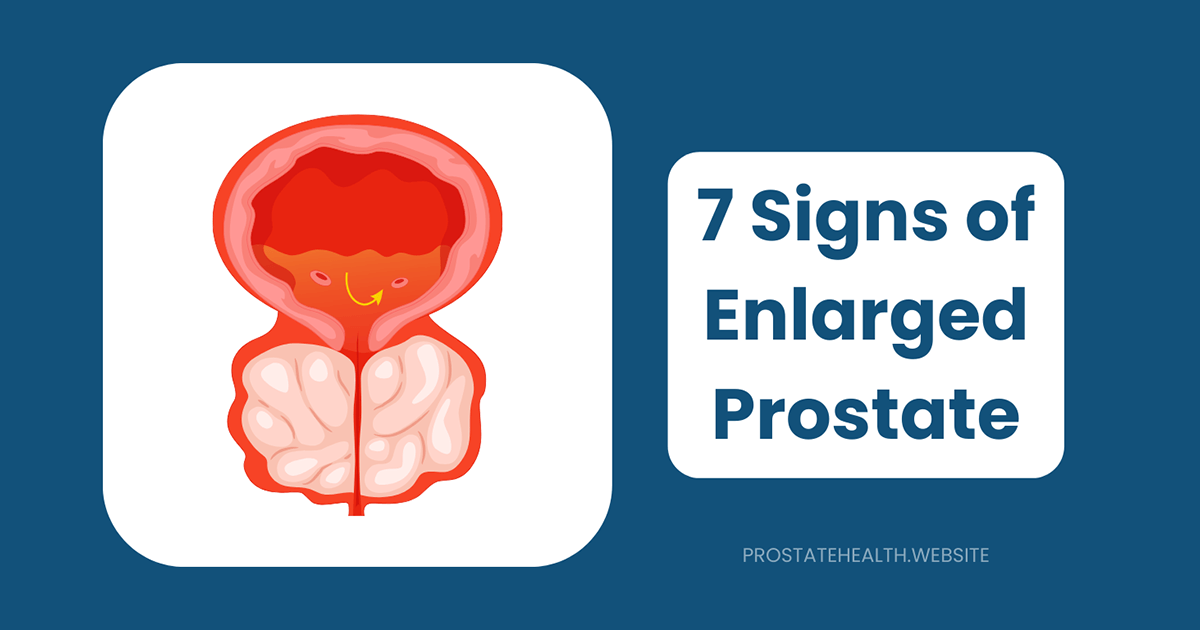
When it comes to men’s health, few conditions are as common yet as frequently overlooked as an enlarged prostate. Also known as benign prostatic hyperplasia (BPH), this condition affects more than half of men over age 60 and up to 90% of men by the time they reach 80. Despite its prevalence, many men dismiss the early warning signs as simply “part of getting older” rather than recognizing them as symptoms that deserve attention.
Throughout my years of advocating for men’s health, I’ve found that understanding these early warning signs can make all the difference. Recognizing BPH symptoms sooner rather than later not only improves quality of life but can also prevent potentially serious complications down the road.
Understanding Prostate Enlargement: A Natural But Manageable Process
Before diving into the warning signs, it’s important to understand what’s happening when the prostate enlarges. The prostate is a walnut-sized gland that sits below the bladder and surrounds the urethra—the tube that carries urine from the bladder out through the penis. Its main job is to produce fluid that nourishes and protects sperm.
Around age 40, the prostate naturally begins a second growth phase (the first occurs during puberty). This gradual enlargement is typically benign—not cancerous and not typically a sign of cancer. However, as the prostate grows, it can press against the urethra and bladder, causing a variety of urinary symptoms.
According to the American Urological Association, BPH is so common that it’s considered a normal part of aging. But “normal” doesn’t mean you have to suffer with symptoms. Recognizing the early warning signs allows you to seek treatment before the condition significantly impacts your quality of life.
Warning Sign #1: Increased Urinary Frequency
What You’ll Notice
One of the earliest and most common signs of an enlarged prostate is needing to urinate more often than usual. You might find yourself making more trips to the bathroom throughout the day, sometimes as frequently as every 1-2 hours.
Why It Happens
As the enlarged prostate presses on the urethra and bladder, it reduces the bladder’s capacity to store urine. Additionally, the bladder may not empty completely when you urinate, leaving less room for new urine and triggering the need to go again sooner.
What Makes It Distinctive
While many conditions can cause frequent urination, BPH-related frequency often develops gradually over months or years rather than appearing suddenly. You might first notice it during quiet activities like reading or watching TV, when you’re more aware of your body’s signals.
Warning Sign #2: Nocturia (Nighttime Urination)
What You’ll Notice
Having to wake up multiple times during the night to urinate is a particularly troublesome symptom of BPH. Many men with an enlarged prostate report needing to get up two, three, or even more times each night.
Why It Happens
Several factors contribute to nocturia in men with BPH:
- The reduced bladder capacity mentioned earlier
- Incomplete emptying of the bladder
- The body’s natural increase in urine production while lying down (due to fluid redistribution)
- Changes in hormone levels that affect the body’s circadian rhythm
What Makes It Distinctive
While occasional nighttime urination is normal, especially after consuming fluids in the evening, BPH-related nocturia occurs regardless of fluid intake and tends to increase over time. It’s also one of the symptoms that most significantly impacts quality of life, as disrupted sleep can lead to daytime fatigue, irritability, and decreased productivity.
According to research published in the Journal of Urology, nocturia is the BPH symptom most likely to prompt men to seek medical attention, often because of its impact on sleep quality and overall well-being.
Warning Sign #3: Weak Urine Stream
What You’ll Notice
A noticeably weaker or slower urine stream is another common early warning sign of an enlarged prostate. You might observe that your urine stream has less force than it used to, takes longer to empty your bladder, or seems to fall more directly downward rather than projecting forward.
Why It Happens
As the prostate enlarges, it narrows the urethra, creating resistance to urine flow. Think of it like placing your thumb partially over the end of a garden hose—the same amount of water is trying to get through a smaller opening, resulting in decreased pressure and flow.
What Makes It Distinctive
While other conditions can cause changes in urine flow, BPH typically causes a gradual weakening that progresses over time. Men often don’t notice this symptom until it’s fairly advanced because the change happens so gradually—like the proverbial frog in slowly heating water.
Warning Sign #4: Hesitancy and Difficulty Starting Urination
What You’ll Notice
You may find yourself standing at the toilet, ready to urinate, but experiencing a delay before the flow begins. This hesitancy can range from a brief pause to a frustrating wait of several seconds or even longer.
Why It Happens
The narrowed urethra creates resistance that the bladder muscle must overcome to initiate urine flow. Additionally, the bladder muscle may weaken over time from the constant effort of pushing against this resistance, making it even harder to get started.
What Makes It Distinctive
BPH-related hesitancy tends to be most noticeable first thing in the morning, after long periods without urinating, or in public restrooms (where anxiety can further tighten the muscles). You might find yourself having to concentrate or relax deliberately to get the flow started.
Warning Sign #5: Intermittent Stream (Starting and Stopping)
What You’ll Notice
Once your urine stream begins, it may not continue smoothly until your bladder is empty. Instead, the flow might stop and start several times during a single urination—a condition urologists call “intermittency.”
Why It Happens
The combination of urethral narrowing and changes in bladder muscle function can cause the bladder to contract irregularly. Additionally, as the bladder tires during urination, its pressure may temporarily fall below what’s needed to overcome the resistance of the narrowed urethra.
What Makes It Distinctive
While occasional starting and stopping can happen to anyone, BPH-related intermittency occurs regularly and tends to worsen over time. You might notice that you think you’re finished urinating, only to have more urine come out a few moments later.
Warning Sign #6: Sensation of Incomplete Emptying
What You’ll Notice
After urinating, you may feel like your bladder isn’t completely empty—as if there’s still urine inside that you couldn’t get out. This can create a nagging discomfort or fullness in the lower abdomen.
Why It Happens
The combination of bladder outlet obstruction from the enlarged prostate and changes in bladder muscle function often results in residual urine left in the bladder after urination. This residual urine is what creates the sensation of incomplete emptying.
What Makes It Distinctive
This symptom is particularly important because it’s not just uncomfortable—it’s often accurate. Men with BPH frequently do have measurable amounts of urine remaining in their bladders after urination, which can be confirmed by a simple ultrasound test called a post-void residual (PVR) measurement.
The sensation of incomplete emptying may lead to another behavior that men with BPH often report: returning to the bathroom just minutes after urinating to try again.
Warning Sign #7: Post-Void Dribbling
What You’ll Notice
After you finish urinating and put everything away, you may experience an embarrassing leakage of a small amount of urine into your underwear. This post-void dribbling can occur immediately after urination or even several minutes later.
Why It Happens
Post-void dribbling occurs when urine remains trapped in the urethra after urination and later leaks out. The enlarged prostate creates a “dam” effect that makes it harder to completely clear the urethra.
What Makes It Distinctive
While many men experience occasional dribbling, BPH-related post-void dribbling happens consistently and often increases over time. Men frequently report having to “shake” more vigorously or use toilet paper to prevent this symptom, but these strategies become less effective as the condition progresses.
When These Warning Signs Become Urgent
While the seven warning signs above typically develop gradually and aren’t medical emergencies, certain symptoms related to BPH require immediate medical attention:
- Complete inability to urinate (urinary retention): This is a medical emergency that requires prompt catheterization to relieve the blockage.
- Blood in the urine: While occasionally caused by BPH, this can also indicate other serious conditions and should always be evaluated promptly.
- Pain during urination: BPH typically causes discomfort rather than pain; actual pain may indicate infection or other conditions.
- Fever and chills with urinary symptoms: This combination suggests a urinary tract infection that may have reached the kidneys and requires immediate treatment.
If you experience any of these urgent symptoms, don’t wait for a regular appointment—seek emergency care.
Beyond Discomfort: Why Early Detection Matters
Recognizing these warning signs early isn’t just about avoiding discomfort—it’s about preventing potentially serious complications. Untreated BPH can lead to:
- Urinary tract infections: Residual urine in the bladder creates an environment where bacteria can thrive.
- Bladder stones: Minerals in residual urine can crystallize into painful stones.
- Bladder damage: The bladder muscle can become thickened, weak, or unstable from constantly working against resistance.
- Kidney damage: Severe, long-term blockage can cause urine to back up into the kidneys, potentially causing permanent damage.
- Urinary retention: Complete inability to urinate, requiring emergency catheterization.
According to the American Urological Association, up to one-third of men with untreated BPH will develop acute urinary retention or need surgery within five years of diagnosis.
Taking Action: What to Do If You Notice These Signs
If you recognize one or more of these warning signs, here’s what you should do:
1. Track Your Symptoms
Before seeing a doctor, spend a week tracking your symptoms:
- How often you urinate during the day and night
- Whether you experience hesitancy, weak stream, or intermittency
- Any episodes of urgency or leakage
- Your fluid intake (type and amount)
This information will help your healthcare provider assess the severity of your condition.
2. See Your Healthcare Provider
Make an appointment with your primary care physician or a urologist. The evaluation typically includes:
- A detailed medical history
- A physical exam, including a digital rectal examination (DRE) to feel the size and consistency of the prostate
- Urinalysis to check for infection or blood
- Possibly a PSA (prostate-specific antigen) blood test
- Additional tests like uroflowmetry or post-void residual measurement in some cases
3. Discuss Treatment Options
Based on the severity of your symptoms and the size of your prostate, your doctor may recommend:
- Watchful waiting: For mild symptoms that don’t significantly affect quality of life
- Lifestyle modifications: Such as limiting evening fluids, reducing alcohol and caffeine, and practicing double-voiding (urinating, waiting a moment, then trying again)
- Medications: Including alpha blockers that relax prostate muscles or 5-alpha reductase inhibitors that can actually shrink the prostate
- Minimally invasive procedures: Such as UroLift, Rezūm water vapor therapy, or prostatic artery embolization
- Surgical options: Including TURP (transurethral resection of the prostate), laser procedures, or other approaches for more severe cases
Conclusion: Breaking the Silence on Prostate Health
Many men suffer with the symptoms of an enlarged prostate for years before seeking help, often because they’re embarrassed to discuss “private” matters or because they believe these symptoms are just an inevitable part of aging that must be endured.
I’ve found that men who understand their bodies are more likely to recognize when something isn’t right and seek appropriate care. Breaking the silence around prostate health is one of the most important things we can do for ourselves and the men in our lives.
The good news is that with today’s advanced treatments, most men with BPH can find significant relief from their symptoms and prevent complications. But it all starts with recognizing those early warning signs and taking action.
Have you noticed any of these symptoms? Don’t wait until they significantly impact your quality of life—talk to your healthcare provider. Your future self will thank you for it.
- External Resources:

